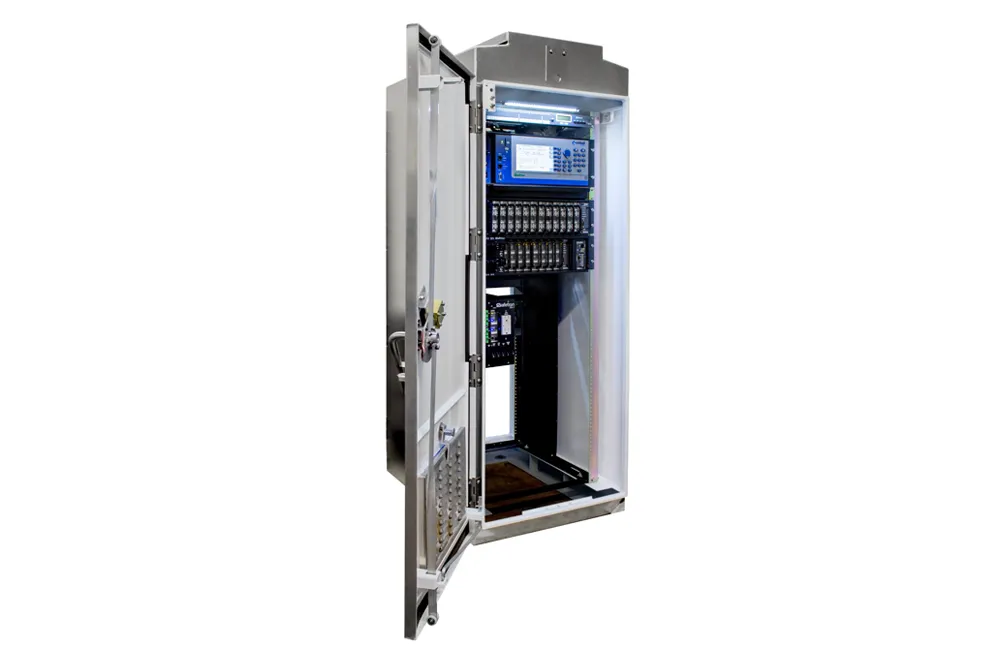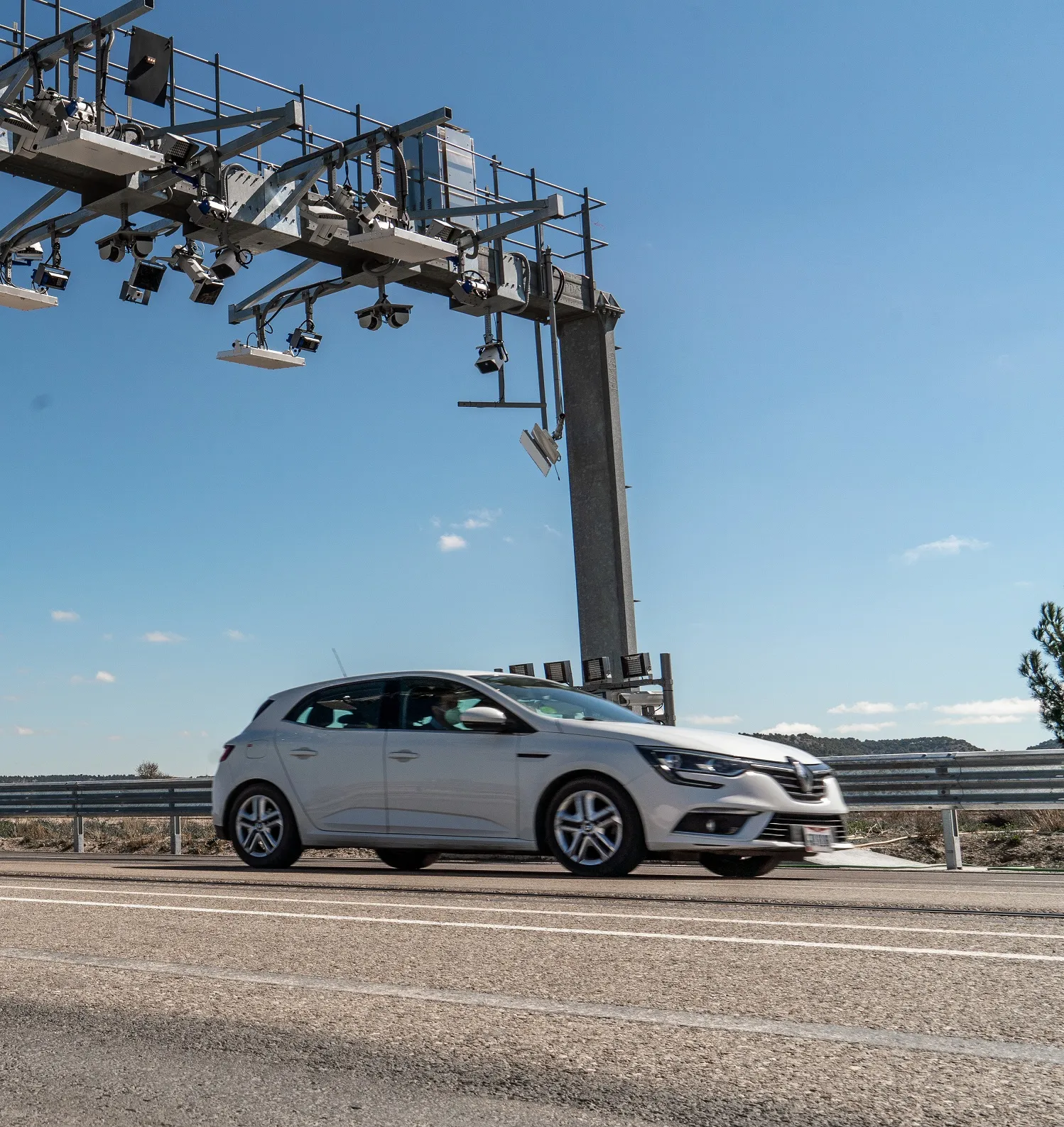Colombian highway concessionaire Coviandes has awarded Indra the contract, worth nearly US$35 million, for the design, installation and start-up of the intelligent traffic systems (ITS) the control and communications systems for 45 kilometres of the Bogota-Villavicencio highway in Colombia.
May 8, 2014
Read time: 2 mins
RSSColombian highway concessionaire 7764 Coviandes has awarded 509 Indra the contract, worth nearly US$35 million, for the design, installation and start-up of the intelligent traffic systems (ITS) the control and communications systems for 45 kilometres of the Bogota-Villavicencio highway in Colombia.
The Bogota-Villavicencio road has the highest traffic growth in the country since it is the only ground connection between central Colombia, the eastern region and Venezuela. Increasing capacity by dualling the road will make it possible to increase the speed limit by 50 km/h and reduce travel times by more than 25 minutes.
Indra’s advanced solutions will control the 18 tunnels, 41 bridges and three overpasses that will allow doubling of the road along approximately one third of the highway, making it possible to travel on two lanes in each direction.
A new operations control centre, located in Naranjal, integrated with two existing control centres, will manage traffic in the eight sectors of the new highway. In common with the other centres, the Naranjal centre will be equipped with Indra's Horus integrated road and tunnel management solution, allowing centralised management of the various systems installed in the new tunnels, which have been designed to meet European security standards for security and operation.
The Horus solution integrates the various ITS systems and provides road operators with access to real-time information on the road status, enabling them to optimise resources during incidents and provide drivers will real-time travel information.
Indra will install automatic incident detection systems throughout the entire Bogota-Villavicencio highway to ensure immediate response to events that could endanger user safety or traffic along the highway. A video surveillance system with automatic accident detection will be installed, along with air quality measurement, incident detection and weather station equipment, and various alarms will be activated in the event of an emergency. Other safety measures include contraflow travel to allow vehicles to use a single carriageway in both directions in the event of an emergency.
Speed sensors and variable message signs will provide drivers with real time information on road conditions, speed limits and incidents. The tunnels will also be equipped with visibility sensors, an artificial lighting system, an emergency and evacuation system, as well as power generators and back-up power systems.
The Bogota-Villavicencio road has the highest traffic growth in the country since it is the only ground connection between central Colombia, the eastern region and Venezuela. Increasing capacity by dualling the road will make it possible to increase the speed limit by 50 km/h and reduce travel times by more than 25 minutes.
Indra’s advanced solutions will control the 18 tunnels, 41 bridges and three overpasses that will allow doubling of the road along approximately one third of the highway, making it possible to travel on two lanes in each direction.
A new operations control centre, located in Naranjal, integrated with two existing control centres, will manage traffic in the eight sectors of the new highway. In common with the other centres, the Naranjal centre will be equipped with Indra's Horus integrated road and tunnel management solution, allowing centralised management of the various systems installed in the new tunnels, which have been designed to meet European security standards for security and operation.
The Horus solution integrates the various ITS systems and provides road operators with access to real-time information on the road status, enabling them to optimise resources during incidents and provide drivers will real-time travel information.
Indra will install automatic incident detection systems throughout the entire Bogota-Villavicencio highway to ensure immediate response to events that could endanger user safety or traffic along the highway. A video surveillance system with automatic accident detection will be installed, along with air quality measurement, incident detection and weather station equipment, and various alarms will be activated in the event of an emergency. Other safety measures include contraflow travel to allow vehicles to use a single carriageway in both directions in the event of an emergency.
Speed sensors and variable message signs will provide drivers with real time information on road conditions, speed limits and incidents. The tunnels will also be equipped with visibility sensors, an artificial lighting system, an emergency and evacuation system, as well as power generators and back-up power systems.









